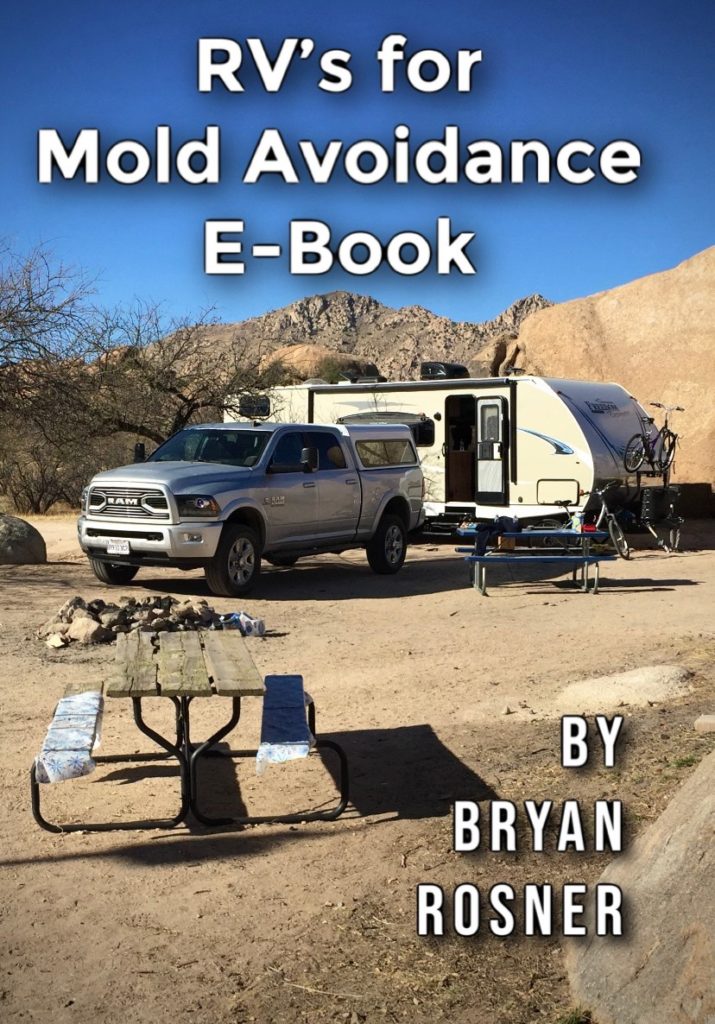One of the most interesting things about mold avoidance, to me, is the predictability of the outcomes.
For example, if you eat food, it is 100% predictable that you won’t die of starvation. No one disputes that.
Likewise, the phases of healing when using mold avoidance are 100% predictable and standardized. That doesn’t mean people won’t differ in some ways – they will. They may need different supportive therapies or have other variations. But IF someone reacts to mold after doing a sabbatical, the outcome of doing proper mold avoidance is predictable.
The reason it doesn’t seem predictable is two-fold:
- People don’t know who to listen to. Among alternative medicine, there are a thousand different “predictions” of how to cure disease and what treatments to use. Too many contradictory predictions, who to listen to? Therefore it is very important to decide WHICH predictions to listen to. I think I was very good at this. I have a researcher’s mind, and one of my skills is figuring out who to listen to about many topics – health, business, whatever. I discovered pretty quickly who to listen to in the mold avoidance community. I hope you discover it as well.
- The “weirdness” of the healing process. When using avoidance to heal, the steps and stages are a LOT different than anything you’ve ever encountered before. The whole thing is kind of bananas and takes quite a bit of suspension of disbelief. In fact so much suspension, that virtually ZERO people believe it until they’ve experienced it for themselves. This is admittedly a formidable obstacle, one which I myself didn’t conquer either, until I was forced to by having no other choice.
But neither of these things change the predictability of the outcomes.
In fact, several folks more experienced and smarter than me, documented all the milestones and outcomes in various books, articles, and videos, LONG before I even came on the scene. Not only are the outcomes predictable, but they’ve been known for decades. None what I say is new, novel, unique, or special. I’m literally just regurgitating predictable data that has been documented since I was a kid.

This also doesn’t make mold avoidance any easier or more feasible. Predictable and feasible are too totally different topics. It is predictable that if one could space travel to Pluto, one could lay their hands on Pluto’s dirt and see what it feels like. But that doesn’t mean it is feasible.
The feasibility of mold avoidance requires a level of determination and grit that I’ve never before needed in ANY endeavor in life, and also quite a bit of, perhaps, luck and good fortune.
I’ve never let that deter me from being fascinated by the predictability though. In fact, the obscurity and obfuscation of this data is a crime against humanity. All the Lyme doctors and conferences and treatments out there are only HINDERING one’s ability to discover and utilize mold avoidance – taking time, money, and resources away in a different direction. Not that any doctor or entity is doing this intentionally. It is just happening.
My primary interest in this field is as a scientist, not as a social worker. I am for sure not a “real” scientist. I have no formal training or credentials. I said my INTEREST – what keeps me around. Finding a hidden and completely unknown root cause of diseases like chronic Lyme disease is no small thing, in my book. So that’s why I am interested. I will continue to provide tips and hacks on the feasibility as well, but that is of secondary interest to me.
This probably stems from the fact that I’ve been in and around the Lyme community for 20 years, and much of that time, been a publisher and content provider. I’ve seen with my own eyes the confusion and maze of hopelessness that people pursue. So the fact that there is a predictable yet little-known answer out there fascinates and excites me, whether feasible for most people or not.
The last thing I’ll say is that the lack of feasibility is a grand tragedy, because it is very much unlike a trip to Pluto. We actually DO have the feasibility, it is just society that prevents this from happening. It would be entirely possible to set up insurance policies to accommodate the need for mold avoidance. Compared to a $5M cancer treatment, mold avoidance is relatively cheap. But this probably won’t happen in our lifetimes and I certainly am not the one to try to battle the evils of capitalism in medicine. Someone else will have to do that.
But NONE of this changes the fact that mold avoidance outcomes are highly predictable. Even for the sickest people. And THAT, is amazing to me.


You must log in to post a comment. Log in now.